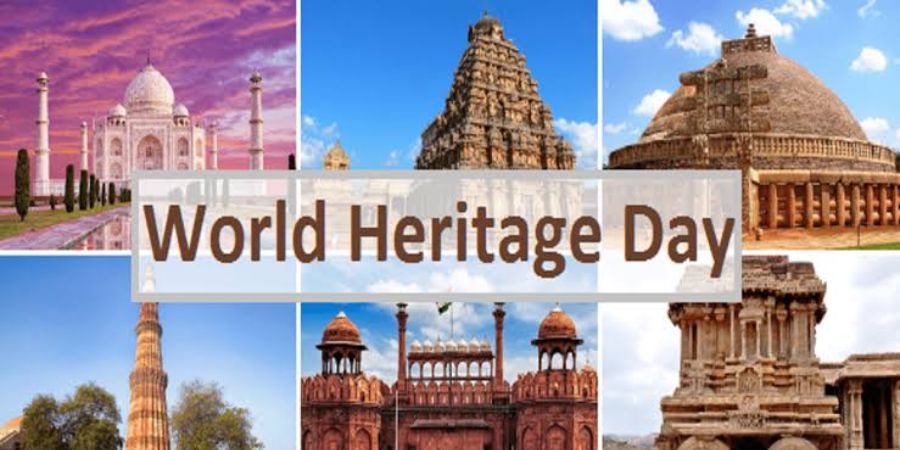

People celebrate their cultural heritage every day by simply acting in a way that is representative of who they are and where they are from. However, one day per year is designated to honour the shared past and present of the human species. World Heritage Day inspires us to celebrate all of the world's cultures, raise awareness of significant cultural landmarks, and promote the value of maintaining these civilizations.
World Heritage day:
The International Council on Monuments and Sites (ICOMOS), commonly known as the International Monuments and Sites Day, is honoured on World Heritage Day. The focus of the day is raising awareness of the value of cultural variety and preserving it for present and future generations. We benefit from ancient structures and monuments all throughout the world. To ensure that they remain a valuable asset for a very long time, they must be safeguarded. As a result, communities all across the world worked together to create the day.
Numerous distinct events take place on this day all across the world. This comprises a variety of events, meetings, and excursions to historical landmarks. For the uninitiated, a heritage site is essentially a location that has cultural importance. It safeguards the legacy of tangible and intangible characteristics that a society or group has inherited from earlier generations.
The world is home to some genuinely remarkable historical landmarks. This includes Machu Picchu, which is located in Peru in a beautiful, mountainous region, perched high above the Urubamba River. The Pyramids of Giza are one of Egypt's many breathtaking attractions. Other noteworthy locations include the Great Wall of China, Angkor Wat in Cambodia, and Bagan in Myanmar.
History:
After the necessity to safeguard these important locations was realised, the organisation was established, and specialists from hundreds of relevant fields came together to form it. These professionals include geographers, civil engineers, architects, engineers, artists, and archaeologists. They make efforts every year to ensure that some of the most stunning locations and significant cultural landmarks are maintained for future generations.
Since its founding, it has expanded to approximately 10,000 members in more than 150 countries. Over 400 of the 10,000 members work with organisations, national committees, and international scientific committees to preserve significant sites and find new ones that should be included to the watch list.
Gorham's Cave Complex in the UK, Khangchendzonga National Park in India, and Persian Qanat in the Islamic Republic of Iran were all added in 2016. These locations will be protected for future generations because to the persistent work of its members and leadership.
There is a theme that is assigned to each World Heritage Day. We would definitely recommend taking a look at the theme for each year, as it will help to give you some direction regarding how to celebrate the day. For example, some of the themes in recent years have included the likes of “Rural Landscapes” and “Shared Cultures, Shared Heritage, Shared Responsibility.”
